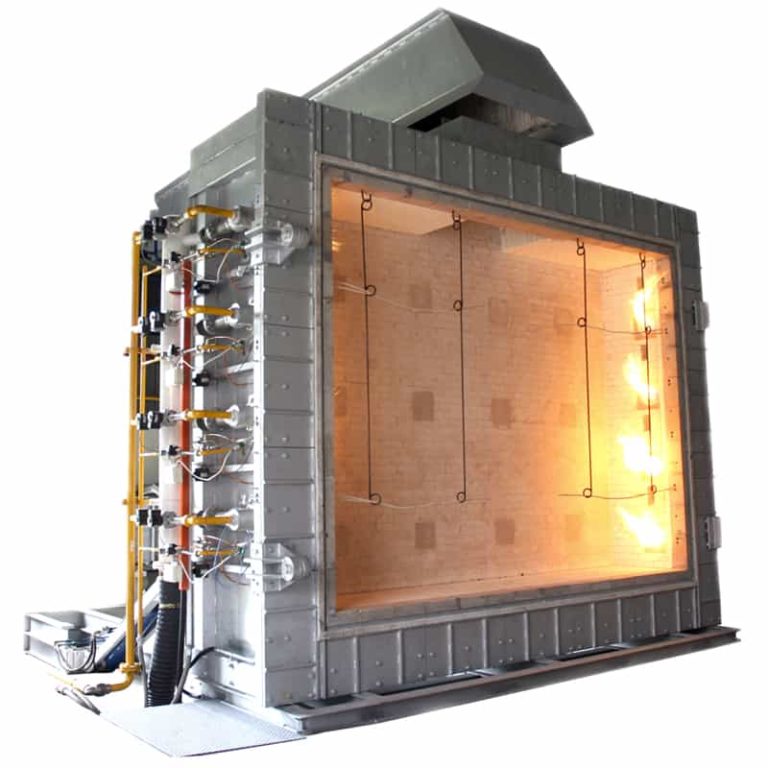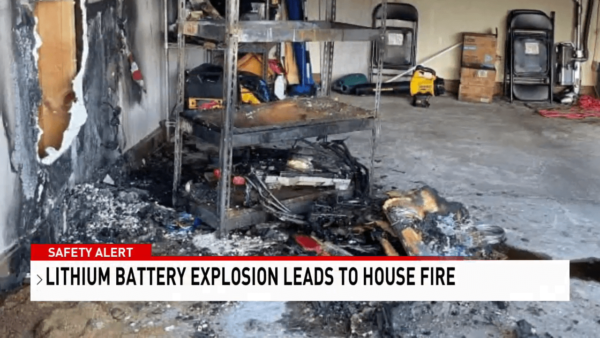




Gain an understanding of the potential dangers associated with lithium battery fires, safeguards for avoiding a fire, and strategies for extinguishing lithium battery fires.
Given the ubiquity of lithium-ion batteries in many modern electronics, knowledge of the proper steps to take in the event of a fire is essential.
The thermal instability known as thermal runaway can occur if a lithium battery overheats. This occurs when gaseous material is released from the lithium-ion cells. A single cell’s failure can set off a chain reaction among the other cells, which may take place in a matter of milliseconds to hours. In addition, the heat generated by the reaction may be enough to ignite a fire.
Fires of lithium batteries can be caused by the following:
According to predictions from the NFPA, the United States is expected to see a significant increase in the number of electric vehicles (EVs) over the next decade. It is estimated that there will be more than 25 million EVs on the road, which is over eight times the current amount. Currently, a large portion of EVs are powered by lithium-ion batteries. When it comes to firefighting, incidents involving EV fires and lithium-ion batteries present unique challenges for responders. In order to help individuals adapt to an environment with an increasing number of alternative fuel vehicles, NFPA provides online training courses for first responders, charging station installers, and members of the public.

Depending on the size and type of lithium battery, there are multiple strategies for putting out a fire caused by one.
Lithium-metal battery fires can be extinguished via Class D fire extinguishers. On the other hand, Class B fires, in which flammable liquids are present, can be handled by standard dry chemical or ABC extinguishers. To counter the liquid electrolytes in the batteries that create conductive pathways, lithium battery fire extinguishers can be employed.
For small lithium batteries, a bit of water will suffice; however, larger lithium-ion battery fires require a foam extinguisher with substances such as CO2, powder graphite, ABC dry chemical, or sodium carbonate.
When battery packs are aflame, the cells may not all burn at the same rate. To ensure it is completely extinguished, it is best to put it in an area that is sheltered from the elements.
If the fire cannot be put out, allow it to burn itself out in a managed fashion. In order to contain the fire, douse the area around it with water.
It is essential to be aware of the warning signals of a lithium battery that is not working correctly in order to stop a fire from happening. Any abnormal heating, sound, smoke, smell, or expansion are all indications that the battery is malfunctioning. To prevent lithium battery fires, here are some tips to keep in mind.
Protected by Security by CleanTalk